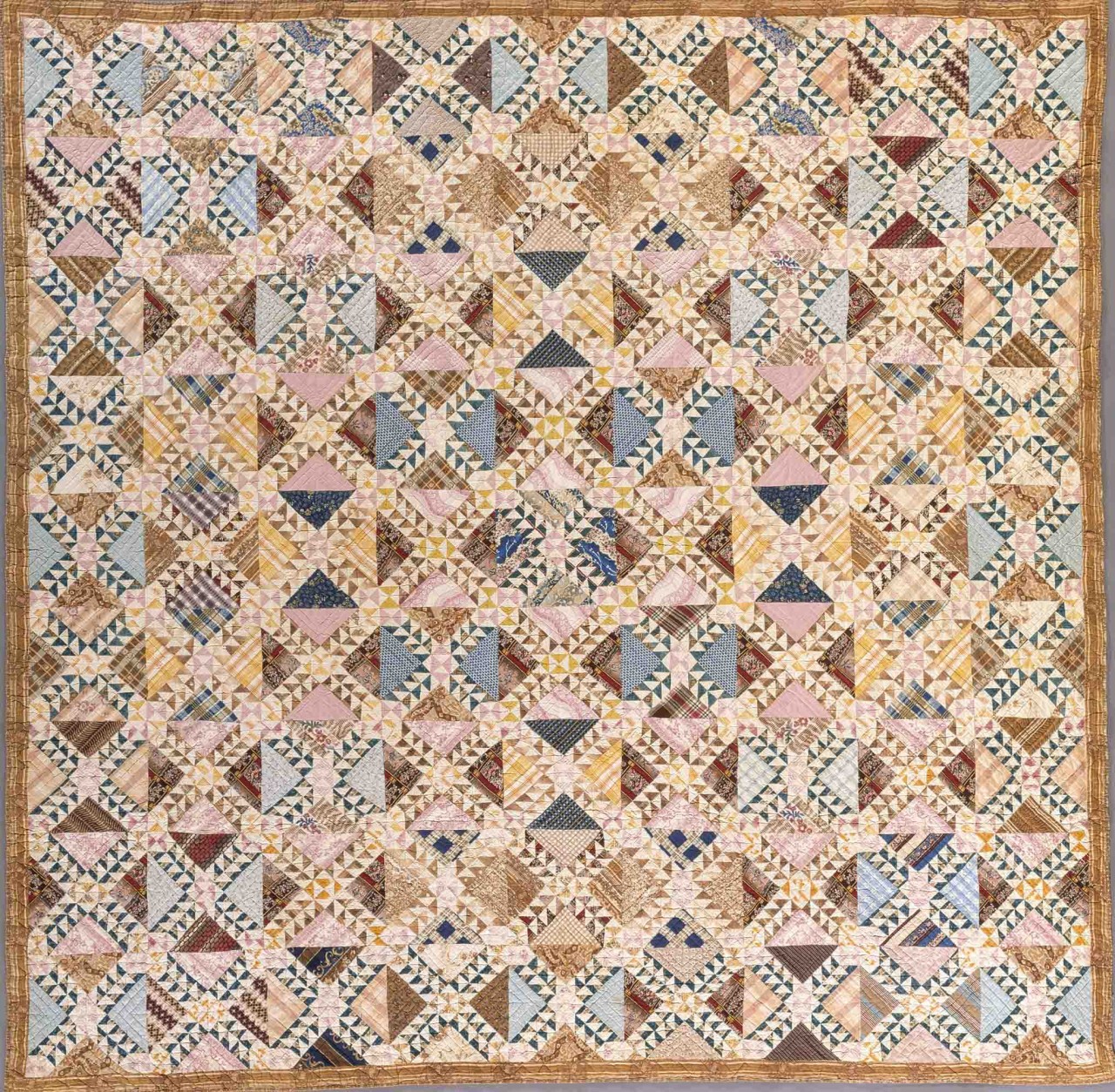
Studying all these Northern Chintz Style Quilts with signatures and presentation info got us thinking about how and when the craze started. We see the proliferation of signatures on the Baltimore album quilts and even in the deep South too. So, it wasn’t associated with just one area or region. The earliest known autograph album was created in 1466, but it would take until 1507 before the “album amicorum” or book of friends to really be established. In the mid 16th century it was fashionable and became common throughout Europe in the 17th century. In the United States, 1820s are usually the time cited of popularity. So, what inspired the writing on quilts? The commonly availability of commercial Indelible ink. Ink was used on textiles earlier, but it may well be that earlier quilts had signatures...





